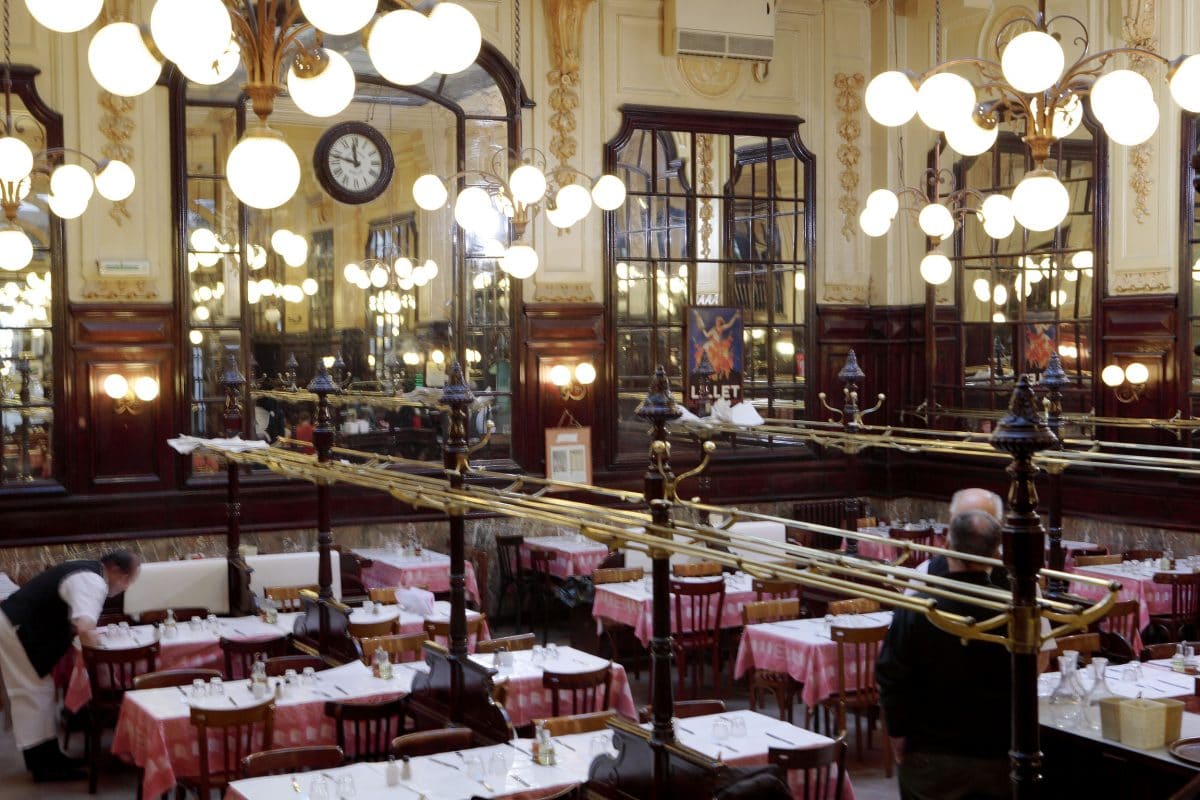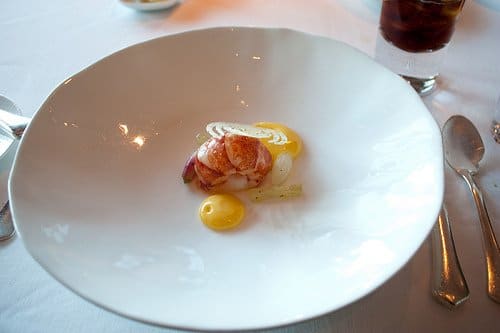
It took me almost 26 years of life to realize that fine dining had a widely recognized rating service, the Michelin star system. All this time, the only Michelins I knew about were the ones that burned rubber. Believe it or not, I do from time to time go out to eat. After all, I am not very good at cooking. Traveling around the world for months on end has made going out to eat fairly common in my life. However, there is a huge difference in the establishments that I frequent and the ones that get reviewed by a NY Times food critic. I prefer a Goodyear restaurant.
What Is a Goodyear Restaurant?
Goodyear is another brand of tire. Unlike Michelin, the name is not associated with any fancy organization that hands out star ratings. It is my own personal award for an establishment that is high on value and low on cost. Just as a quality tire gets the job done, a Goodyear restaurant should not feel cheap, but ends up being extraordinarily kind on your wallet. A Goodyear restaurant is a place where you can get a huge bang for your buck.
One example of a Goodyear restaurant is Chipotle. My personal favorite is the steak burrito bowl. Instead of ordering a burrito directly, I ask for two tortillas on the side, extra beans and rice, extra corn salsa, medium and mild sauce, and extra lettuce. The workers are always obliging, especially if you are very pleasant with them. When you order the burrito bowl in this way, you effectively can make two burritos, and you also end up with about 25% of the original dish left over. When I order this by myself, it knocks out my capability to eat for at least seven hours.
Eating at Chipotle for lunch also reduces what I need to eat to feel full at dinner. I might have a couple of light snacks because my appetite has been vanquished. I love the burrito bowl even more since I started going there on dates with my girlfriend. The portion size is easily enough for both of us to split, and at Chipotle you will never get any judgment for dividing a portion into two. The cost usually comes out to $4 a person, less than the price of a Coke at a Michelin star restaurant.
Another example of a Goodyear restaurant is this place called Chartier in Paris. They have a line out the door waiting to get in, but it moves quickly. When you get seated in the beautiful large dining room complete with mirrors and bright lights, you are quickly given the short menu. The waiter saves the pleasantries and focuses solely on the service. To some, this attitude might appear discourteous, but in actuality it allows the restaurant to focus on a volume approach to sales.
There are hundreds of people in the restaurant at a time and the waiter is incredibly fast at everything. He predicts what you need before you ask. The wine bottles are about $12, and the main dishes run around $10. Most appetizers are between $2 and $6. The food is of extremely high quality. All prices include tax and tip too. You will spend less on this menu than you would at a TGI Friday’s in the US. However, the menu includes steak, escargo, and duck.
The Goodyear Ratio: My New Restaurant Rating System
I would like to suggest that you look at restaurants in a totally new light. To help, I am inventing a rating system called the “Goodyear ratio.” You can calculate it by taking the Quality of the food and dividing it by the price. The higher the ratio, the better the decision to eat there. The ratio is meant to be subjective rather than exact in nature, but let’s put some numbers in to see how it could work.
Let’s say quality can be measured from 1 to 10, with 10 being the best. Consider Chipotle from my earlier example. I would rank the quality as a 7, with the price of the burrito bowl at about $8. That would put the ratio at 7/$8 = 0.875. The Chartier restaurant was more expensive at $10, but the quality was impeccable. We will rank quality a 10 out of 10 for Chartier. The Goodyear ratio in this case would be 10/$10 = 1.
Now for an example at the opposite end of the spectrum.

Let’s pretend that the dish above is from the BloMonee French restaurant, listed in the Michelin star guide. The dinner above is $30. The quality is perfect, so 10 out of 10. However, when we calculate the Goodyear ratio, it comes in at 10/$30=0.33. Eating at BloMonee is in fact a far inferior choice to Chartier, or even Chipotle.
You could also apply the test to a very low end dining experience like McDonald’s. Say you rate quality as a 2 out of 10. It costs $4 to buy two of their ranch and BBQ snack wraps. The Goodyear ratio in that case would be 2/$4 = 0.5. It is still a better decision to eat at Chipotle or Chartier, but it better to eat at McDonald’s than at BloMonee.
If You Use the Goodyear Ratio, You Can Better Maximize Satisfaction When Going Out to Eat
From my experience, if people used a combination of price and quality when deciding where to eat, they would be much happier. When you spend $50 on a meal, you have extremely high expectations. If these hopes are not met, you leave with a bad taste in your mouth. When you are only out $10, a decent quality meal can make the rest of your day.
You could take this Goodyear ratio and modify it to make it your own. Want to make a wider range of quality scores and put a greater weight on it? Go ahead. Want a larger hit from high prices? Multiple that by whatever factor you choose. I am simply saying that if a meal is just nice but costs $60, you have to ask yourself would I be happier with 7 Chipotle burrito bowls spread out over the entire week? This is why I flee from almost all luxury purchases, because experiencing a 7 out of 10 quality meal 7 times makes me infinitely happier than getting a 10 out of 10 meal once. Using this idea of only eating at a Goodyear restaurant, I was able to eat out almost everyday on my European and Central American adventures, which lasted over 6 months. I estimate I spent between $1,500 and $2,000 over the entire period.
Flee from small, overpriced portions. Run towards giant, tasty burrito bowls. This is the essence of the Goodyear restaurant concept.
What would your proposed restaurant rating system be? How many Chipotle experiences would you sacrifice in order to go to a fancy restaurant? What if the Chipotle included guac? Comment below!

I once ate at Chipotle every day for a week. It was nice but then I got e-coli and died. 6/10.
And dying in your beds, many years from now, would you be willin’ to trade ALL the days, from this day to that, for one chance, just one chance, to come back here and tell our enemies that they may take our lives, but they’ll never take… OUR CHIPOTLE!
-William Wallace
I love Chipotle and recently started doing this with a single tortilla. I didn’t realize that I could be getting two. Definitely going to have to try this one out. The start rating system is a nice formalization and makes people think.